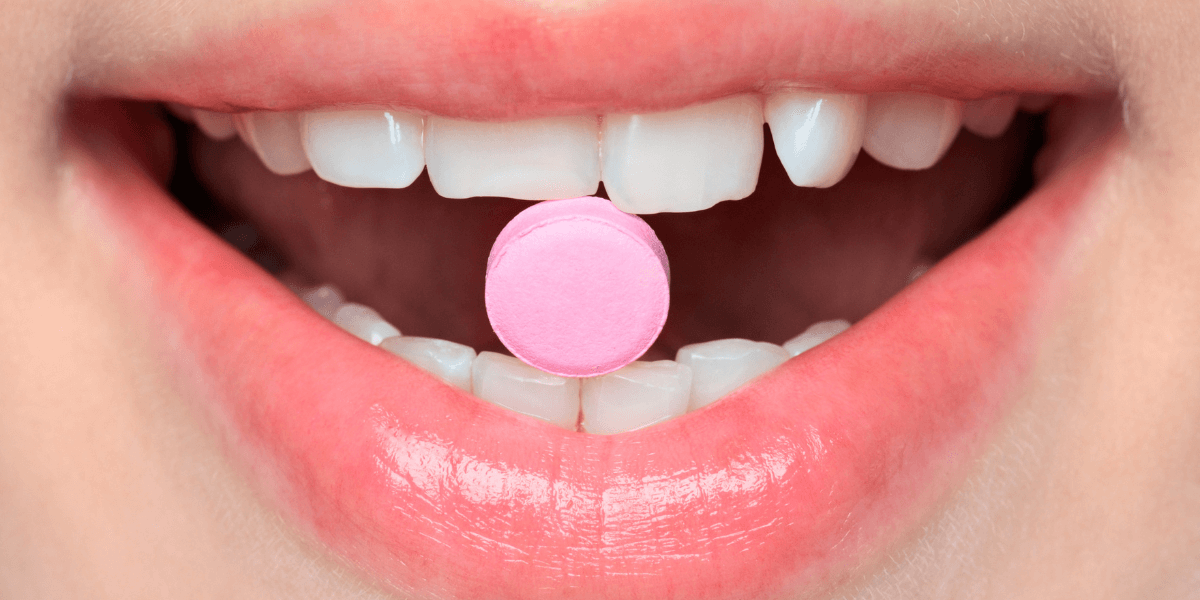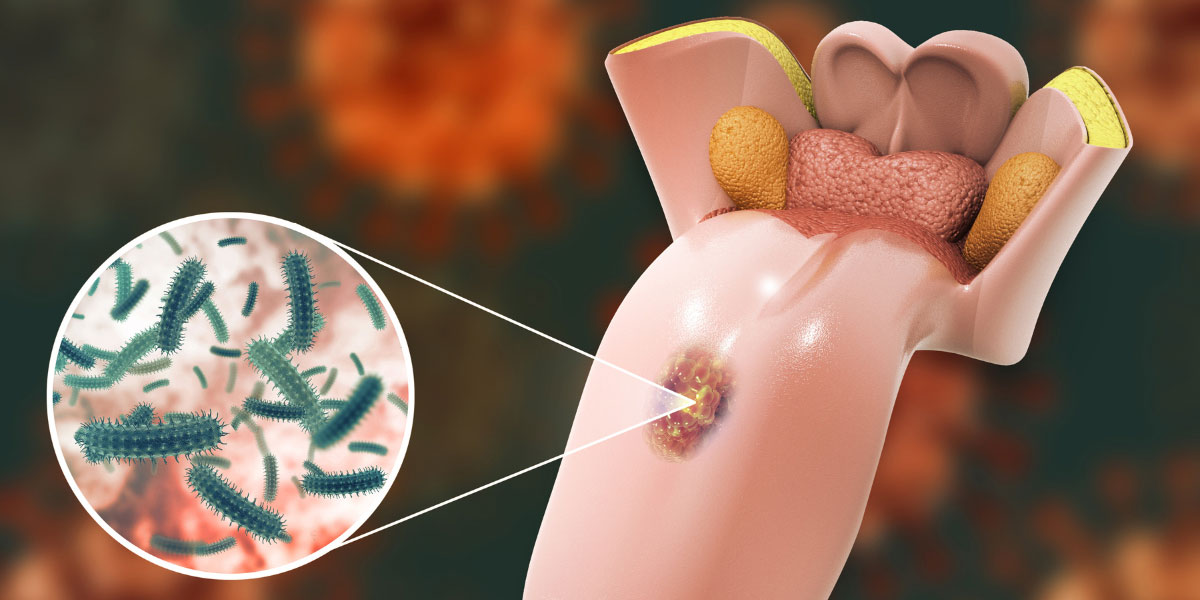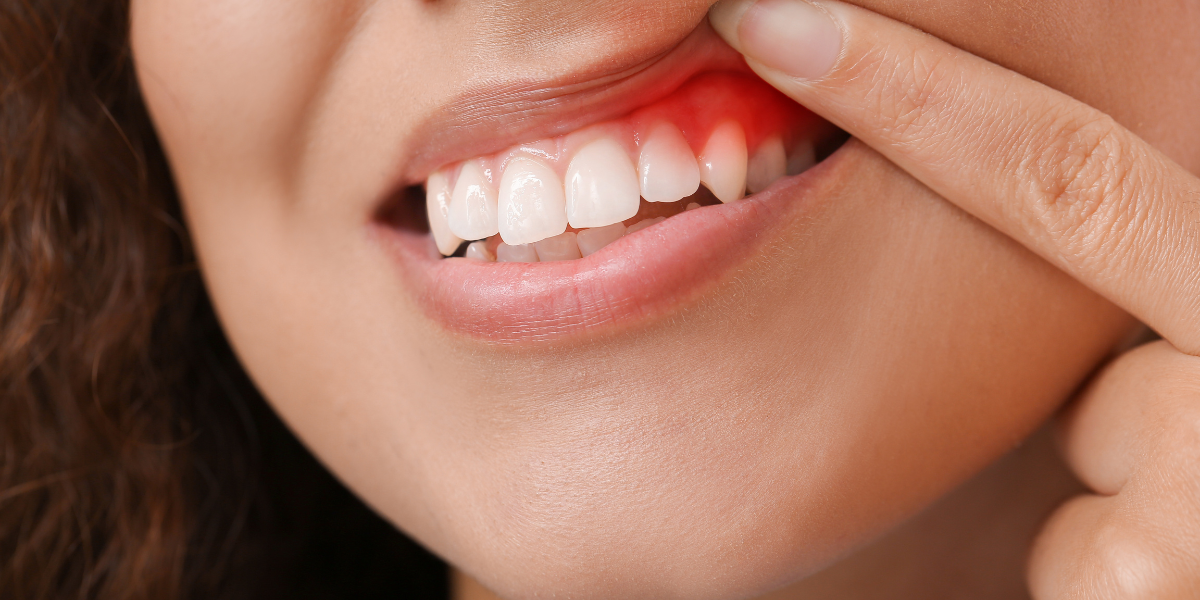5 key facts about your dental cleaning & how it can save your health

This dental hygienist breaks down what really happens at your dental cleaning & why it’s essential to your oral health as well as your overall health.
While dental cleanings make your teeth whiter and brighter, there is more that goes into a dental cleaning than you might expect. Before you arrive, your dental hygienist reviews your dental chart and medical history. Once you arrive to your appointment, they may check your blood pressure and other vitals. They may also perform a head and neck exam, which helps to detect many types of conditions that can affect your whole body, such as cancer or thyroid disease. Your hygienist takes measurements of your gums that help them to determine if you have periodontal disease, and if so, to what extent. All of this happens before any of the cleaning actually begins!
Dental cleanings treat disease or help to prevent it
Dental professionals commonly use the phrase “dental cleaning” with their patients, but there are actually different types of dental cleanings. Some types are preventive in nature, such as a dental prophylaxis. Others even treat disease, such as non-surgical periodontal therapy. There are also types that help to maintain stability in oral condition, such as periodontal maintenance. So, when your dental healthcare provider says something about a dental cleaning, they are actually referring to a procedure that is specialized to your needs, not just a one-size-fits-all appointment.
Dental cleanings are more than just polishing
Many people think that polishing is the dental cleaning. Polishing removes plaque buildup and stains. Most of what can be accomplished by polishing can actually be done with a regular toothbrush and toothpaste. However, the most important part of the actual removal of build up on the teeth is scaling. During scaling, dental hygienists use hand instruments or an ultrasonic scaler (or most commonly, a combination of the two) to remove calculus from the teeth. You may be more familiar with the term tartar, which is the older terminology for calculus. Removal of calculus is very important for maintenance of health and prevention of disease because it harbors toxins and microbes, including disease-causing bacteria [2].
Dental cleanings are essential to whole-body health
Periodontal disease, also known as gum disease, has been scientifically linked to serious systemic diseases, including heart disease, diabetes, and rheumatoid arthritis [3]. The bad bacteria that cause periodontal disease have been found in the arterial plaques in people with heart disease, as well as in the brains of people with Alzheimer’s [1][3]! Also, increased inflammation in the mouth leads to more inflammation throughout the body [3]. The mouth is connected to the rest of the body, and any illness that impacts the mouth can have an effect on overall health. Just as your hands, eyes, and heart are part of your body, so is your mouth!
Different people need dental cleanings at different time intervals
Your dental hygienist will make a specific recommendation for how often you should receive dental care. They will consider how much inflammation you have, how quickly you accumulate calculus, your homecare habits, your systemic risk factors, and many other elements. Common recommendations are three, four, and six months. Many people need care more often than dental insurance will cover. Keep in mind that your hygienist is making their recommendations based on your individual needs, whereas your insurance benefits are pre-set, regardless of your oral health. If you are having a hard time affording the dental care you need, talk with your dental team to explore solutions. They may offer a discount plan, or may be able to refer you to lower cost clinics, such as a dental or dental hygiene school.
- American Academy of Periodontology. (2019, January 28). Periodontal Disease Bacteria Linked to Alzheimer’s Disease https://www.perio.org/press-release/periodontal-disease-bacteria-linked-to-alzheimers-disease/
- Kamath, D. G., & Umesh Nayak, S. (2014). Detection, removal and prevention of calculus: Literature review. The Saudi Dental Journal, 26(1), 7–13. https://doi.org/10.1016/j.sdentj.2013.12.003
- Lim, G., Janu, U., Chiou, L.-L., Gandhi, K. K., Palomo, L., & John, V. (2020). Periodontal health and systemic conditions. Dentistry Journal, 8(4), 130. http://dx.doi.org/10.3390/dj8040130







